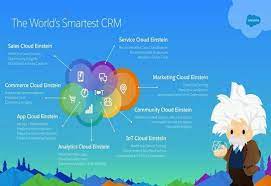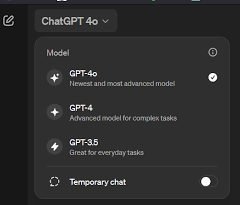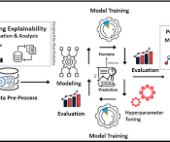Who Are the AI Evangelists? What are the responsibilities of an AI evangelist? As a Technology Evangelist, your role entails guiding third-party developers in adopting the most effective strategies for creating innovative AI/ML-driven applications on platforms. You’ll facilitate the adoption of essential tools and frameworks like Core ML, Create ML, Vision, VisionKit, Speech, Natural Language, and others.
Thank you for reading this post, don't forget to subscribe!How do you transition into an AI evangelist? Becoming an internal AI evangelist involves several steps. Firstly, you need to express your interest in AI to your immediate supervisor, emphasizing its significance for the organization. Clearly outline the advantages of AI, such as increased efficiency, data-driven insights, and competitive edge.
Through educational efforts and outreach, you’ll encounter employees passionate about ensuring responsible AI creation and usage. With additional training, these individuals can serve as valuable resources, providing guidance in day-to-day discussions or design decisions across the company.
Another approach involves integrating ethics reviews into existing AI product evaluations. Conducting these reviews earlier in the development process helps address potential issues proactively, rather than as a last-minute endeavor before launch. This proactive approach minimizes the accumulation of “ethical debt,” which arises when features violate ethical AI principles and require costly adjustments post-release.
Implementing formal processes such as consequence scanning workshops, ethics canvases, harms modeling, and community juries, as well as creating documentation like model cards and FactSheets, further enhances ethical considerations throughout the product lifecycle.
Who are the pioneers in the AI field? The field of AI owes its development to numerous pioneers whose contributions have been invaluable. Notable figures include Marvin Minsky, John McCarthy, and Alan Turing, whose ideas laid the foundation for today’s AI technologies.
Understanding the Voices of AI
The emergence of AI has sparked various viewpoints, represented by three distinct camps: evangelists, pessimists, and realists. Evangelists champion AI as a solution to global challenges, while pessimists highlight potential risks and advocate for immediate regulation. Realists acknowledge both the benefits and risks of AI, viewing it as a necessary tool for the future.
Navigating the Risks of AI
While AI offers significant productivity gains, it also introduces new security risks. For instance, AI-based services may require sharing sensitive data, potentially compromising privacy and intellectual property rights. Additionally, AI-generated code must undergo thorough testing to ensure it is free from malware or unauthorized elements. The surge in AI-driven IoT and generative AI applications further expands the attack surface, necessitating enhanced network security measures.
As organizations embrace AI, it’s essential to weigh both its positive and negative impacts. Conducting a comprehensive risk and benefit analysis and establishing clear usage policies are critical steps in leveraging AI effectively. The rise of AI is not merely hype; it represents a transformative force that requires careful consideration to thrive in the modern security landscape.











